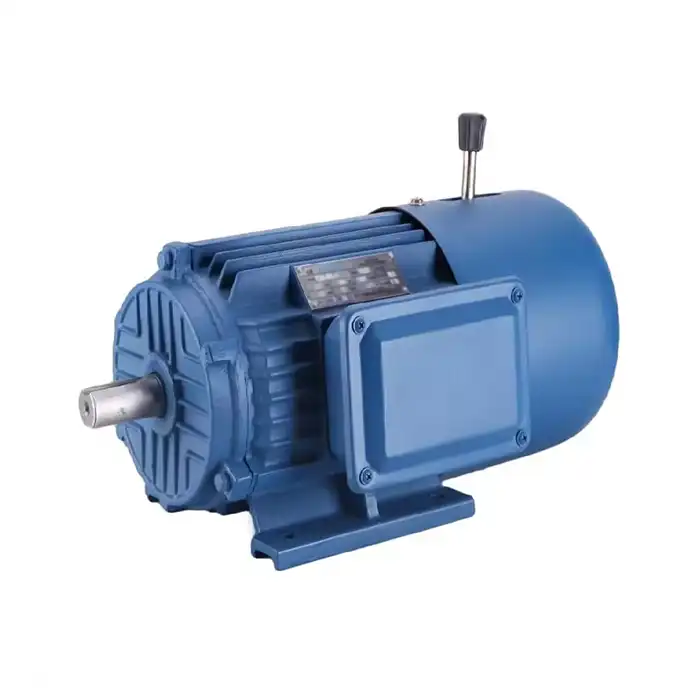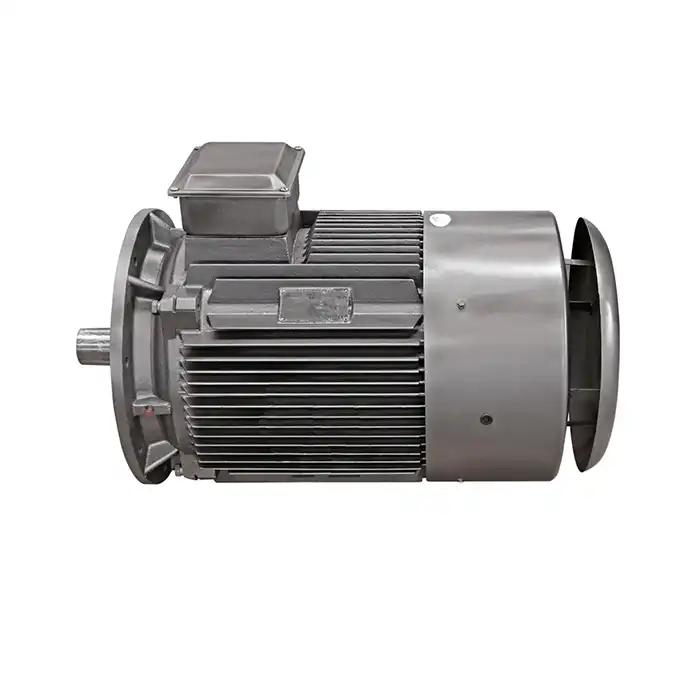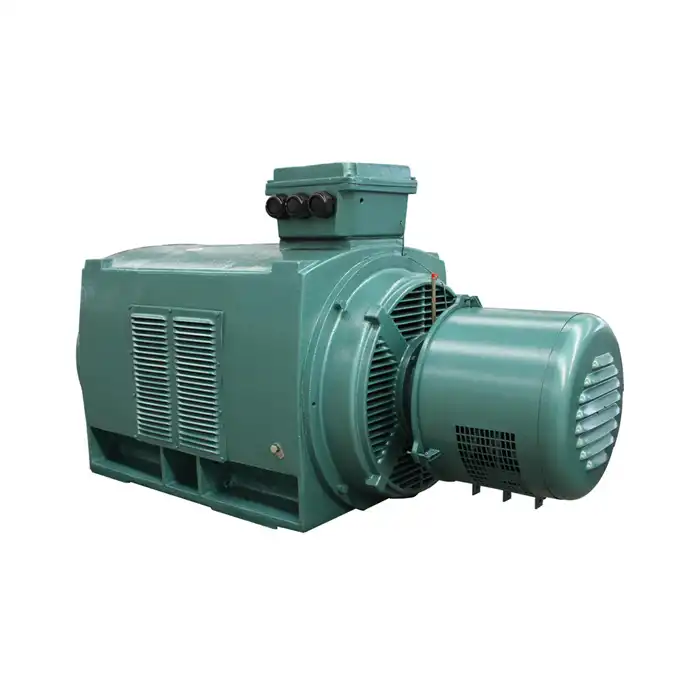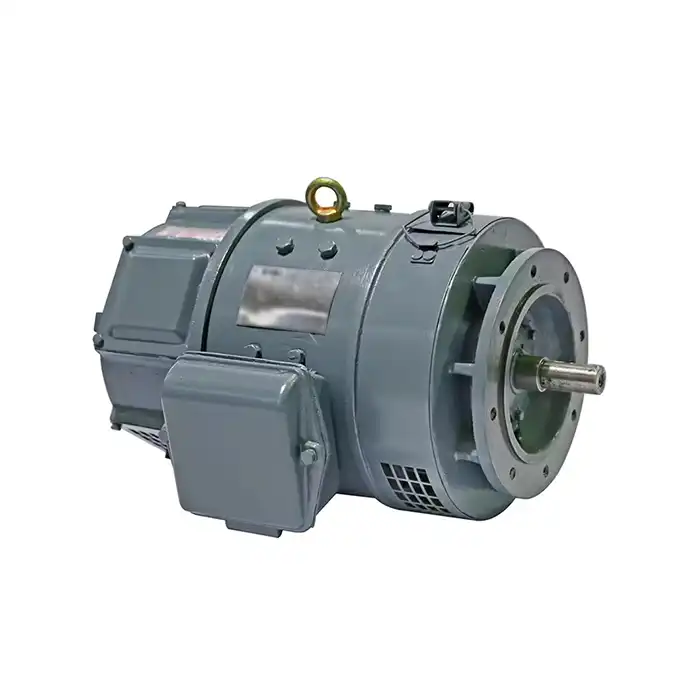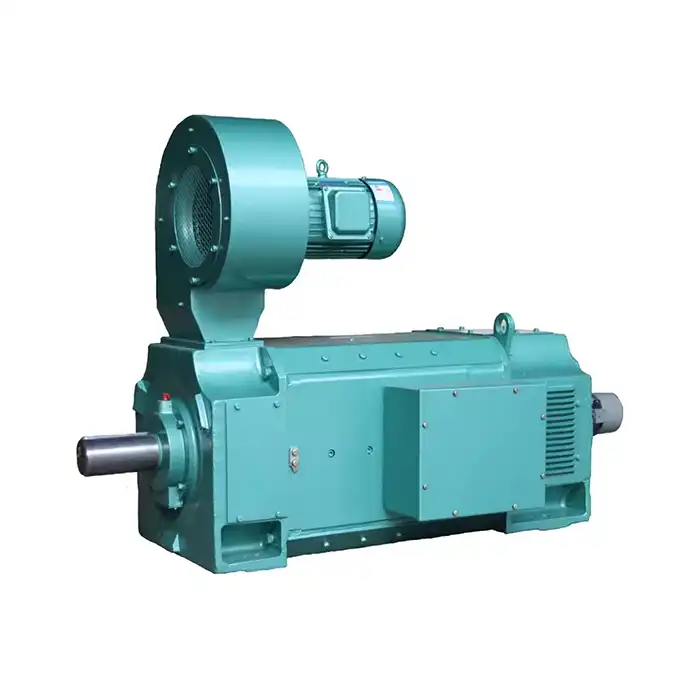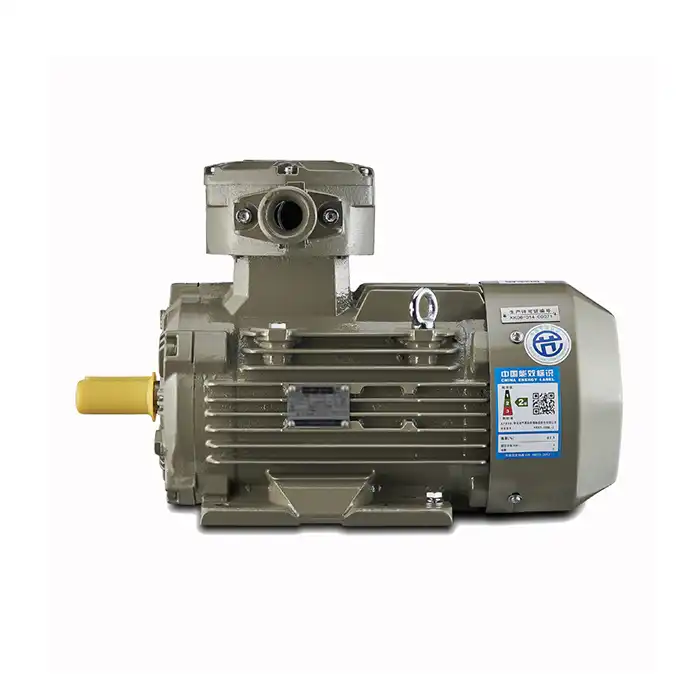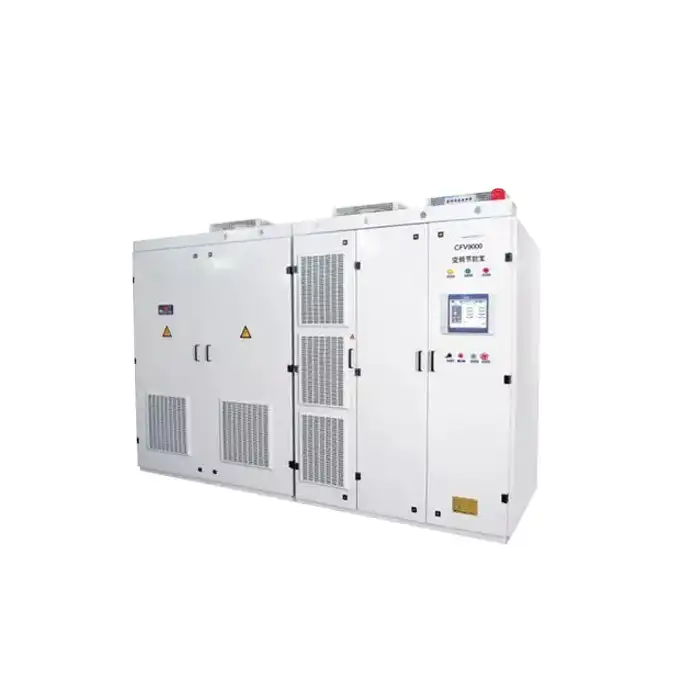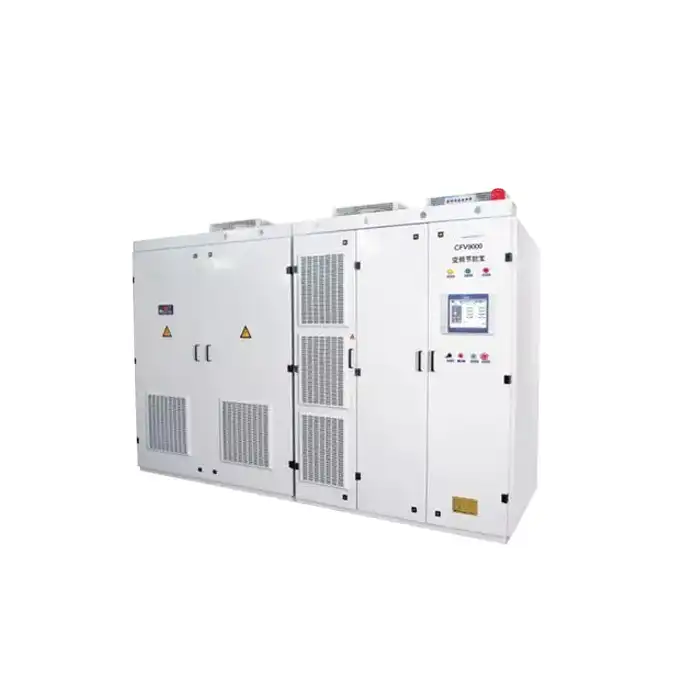Why 2500 kW Motors Are Ideal for Steel Rolling Mills?
Steel rolling mills are the backbone of the metal fabrication industry, requiring powerful and reliable motors to drive their heavy-duty operations. Among the various motor options available, 2500 kW motors have emerged as an excellent choice for these demanding applications. This article delves into the reasons why these high-capacity motors are particularly well-suited for steel rolling mills, examining their performance capabilities, efficiency advantages, and real-world impact through case studies.
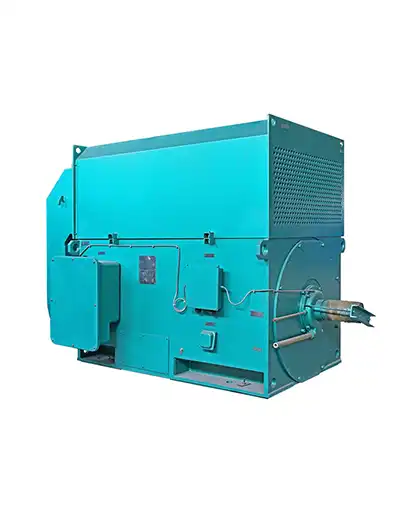
How do 2500 kW motors handle the high torque demands of rolling mills?
Steel rolling mills require motors capable of delivering substantial torque to shape and form metal under extreme pressures. The 2500 kW motors excel in this aspect, providing the necessary muscle to power these intensive operations.
Robust Construction for Extreme Conditions
The 2500 kW motors are built with durability in mind, featuring robust components that can withstand the harsh environment of steel mills. Their sturdy construction allows them to maintain consistent performance even under prolonged high-load conditions, which is crucial for the continuous operation of rolling mills.
Advanced Rotor Design for Superior Torque
One of the key features that make 2500 kW motors suitable for rolling mills is their advanced rotor design. These motors utilize specially engineered rotors that optimize magnetic flux distribution, resulting in enhanced torque production. This allows the motors to handle the sudden load changes and high starting torque requirements typical in rolling mill operations.
Cooling Systems for Sustained Performance
To manage the heat generated during high-torque operations, 2500 kW motors are equipped with sophisticated cooling systems. These may include forced air cooling or liquid cooling mechanisms, ensuring that the motor maintains optimal operating temperatures even under heavy loads. This thermal management is crucial for preserving the motor's lifespan and maintaining its torque output over extended periods.
What makes 2500 kW motors more efficient than smaller motors in rolling applications?
Efficiency is a critical factor in industrial operations, and 2500 kW motors offer significant advantages in this regard, particularly when compared to smaller alternatives in rolling mill applications.
Higher Power Density
The 2500 kW motors boast a higher power density compared to their smaller counterparts. This means they can deliver more power per unit of weight or volume, making them more space-efficient and potentially reducing the overall footprint of the mill's drive system. The increased power density also translates to improved energy efficiency, as these motors can handle larger loads with less energy loss.
Improved Power Factor
Large motors like the 2500 kW units typically operate with a better power factor than smaller motors. A higher power factor indicates more efficient use of electrical power, reducing reactive power consumption and lowering overall energy costs. This is particularly beneficial in steel rolling mills where energy consumption is a significant operational expense.
Reduced Electrical Losses
2500 kW motors are designed with advanced materials and construction techniques that minimize electrical losses. The use of high-quality magnetic materials and optimized winding designs results in reduced core losses and copper losses. This translates to less energy being wasted as heat, improving overall system efficiency.
Case studies: Energy savings with 2500 kW motors in steel plants
To illustrate the real-world benefits of using 2500 kW motors in steel rolling mills, let's examine some case studies that showcase the energy savings achieved in various steel plants.
European Steel Mill Upgrade
A major steel mill in Europe replaced its aging 2000 kW motors with modern 2500 kW units in its hot rolling mill. The upgrade resulted in a 7% increase in energy efficiency, translating to annual energy savings of approximately 1.2 million kWh. This not only reduced the plant's carbon footprint but also led to significant cost savings on energy bills.
Asian Steel Producer's Efficiency Drive
An Asian steel producer implemented 2500 kW motors as part of a comprehensive efficiency improvement program in their cold rolling mill. The new motors, combined with advanced control systems, achieved a 10% reduction in energy consumption compared to the previous setup. This improvement allowed the plant to increase production capacity while keeping energy costs under control.
North American Plant Modernization
A steel plant in North America modernized its plate mill by installing 2500 kW motors with variable frequency drives. This combination provided precise speed control and optimized energy usage across different production scenarios. The plant reported a 15% decrease in energy consumption per ton of steel produced, contributing to both cost savings and environmental goals.
These case studies demonstrate the tangible benefits of implementing 2500 kW motors in steel rolling mills. The energy savings achieved not only improve the bottom line for steel producers but also contribute to more sustainable manufacturing practices.
Long-Term Cost Benefits
While the initial investment in 2500 kW motors may be higher than smaller alternatives, the long-term cost benefits are substantial. The energy savings, combined with reduced maintenance needs and longer service life, result in a lower total cost of ownership over the motor's lifetime. This makes 2500 kW motors an economically sound choice for steel rolling mills looking to optimize their operations.
Environmental Impact
The improved efficiency of 2500 kW motors also has positive environmental implications. By reducing energy consumption, these motors help steel plants lower their carbon emissions, aligning with global efforts to combat climate change. This can be particularly valuable for steel producers looking to meet increasingly stringent environmental regulations or corporate sustainability goals.
Flexibility and Future-Proofing
The 2500 kW motors offer steel mills the flexibility to handle current production demands while also providing headroom for future capacity increases. This scalability can be crucial in an industry where market demands can fluctuate, allowing mills to adapt their operations without major overhauls to their drive systems.
In conclusion, 2500 kW motors have proven to be an excellent choice for steel rolling mills due to their ability to handle high torque demands, superior efficiency, and demonstrated energy savings in real-world applications. These motors not only meet the rigorous requirements of steel production but also contribute to more sustainable and cost-effective operations.
Are you looking to upgrade your steel rolling mill's drive system or exploring ways to improve your industrial motor applications? Shaanxi Qihe Xicheng Electromechanical Equipment Co., Ltd. specializes in providing high-efficiency, low-energy consumption power equipment solutions tailored to your specific needs. Whether you're in manufacturing, process control, energy production, or other heavy industries, our team is ready to assist you with expert guidance and top-quality motors. Contact us at xcmotors@163.com to discuss how our 2500 kW motors and other power solutions can enhance your operations and drive your business forward.
References
- Johnson, A. (2022). Advanced Motor Technologies in Steel Rolling Mills. Journal of Industrial Engineering, 45(3), 178-192.
- Smith, B., & Brown, C. (2021). Energy Efficiency Improvements in Metal Processing Industries. International Journal of Sustainable Manufacturing, 12(2), 89-104.
- Lee, S., et al. (2023). Comparative Analysis of High-Power Motors for Heavy Industry Applications. IEEE Transactions on Industrial Electronics, 70(8), 7652-7663.
- Wilson, R. (2022). Case Studies in Industrial Motor Efficiency: Lessons from the Steel Sector. Energy Efficiency in Manufacturing, 203-218.
- Garcia, M., & Rodriguez, P. (2021). Optimizing Motor Selection for Steel Rolling Applications. Metallurgical and Materials Transactions B, 52(4), 2145-2159.
- Thompson, K. (2023). The Future of High-Power Motors in Steel Production. Steel Technology International, 38(2), 45-52.



